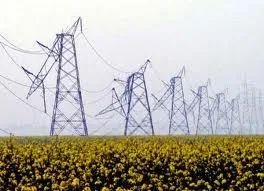
World Bank finds NE India's transmission infrastruture in state of neglect
A World Bank team to the North Eastern states of India found the transmission and distribution networks in woeful neglect and a near-complete breakdown of infrastructure.
The team is studying the possibility of a $1.5 billion loan.
The region has an installed capacity of 1560 MW and a peak demand of a ridiculously small 1930 MW. This is equal to a fraction of the demand for Delhi.
Woefully little investments have been done in the transmission and distribution network in the area. So much so that capacity constraints have not allowed states like Mizoram, Nagaland and Manipur to draw even their allocated
share of power from the central generating stations through the grid while having to sell this power to other states, resorting to load shedding within their own states, on account of a rickety distribution network.
A large number of remote areas are connected only through low tension lines, resulting in high losses and low voltages at consumer end. Thus, the power supply available at consumer end is of poor quality.
The story is at its worst In Manipur, where the supply system is managed by resorting to load shedding on a regular basis, the power availability in the capital city Imphal is less than 4 to 6 hours a day while the situation is bleaker in remote areas.
In Nagaland, the state capital Kohima remained without reliable power supply for four months during 2010 when the only 132 kV transmission link to the city was damaged due to collapse of a transmission tower due to land-slide.
In Meghalaya, there is a significant backlog of industrial connections waiting to be released once more power is available.













 Advertise
Advertise











